PPT-Aftermath of the War
Author : jane-oiler | Published Date : 2017-12-11
Beginning of the Cold War Legacies of WWII By the summer of 1945 Europe lay in ruins At least 20 million Soviets including soldiers and civilians died in the war
Presentation Embed Code
Download Presentation
Download Presentation The PPT/PDF document "Aftermath of the War" is the property of its rightful owner. Permission is granted to download and print the materials on this website for personal, non-commercial use only, and to display it on your personal computer provided you do not modify the materials and that you retain all copyright notices contained in the materials. By downloading content from our website, you accept the terms of this agreement.
Aftermath of the War: Transcript
Download Rules Of Document
"Aftermath of the War"The content belongs to its owner. You may download and print it for personal use, without modification, and keep all copyright notices. By downloading, you agree to these terms.
Related Documents

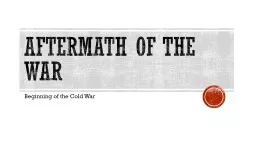
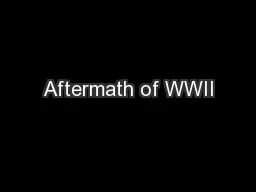
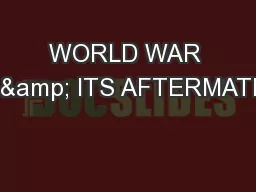
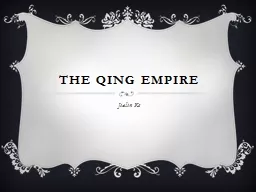
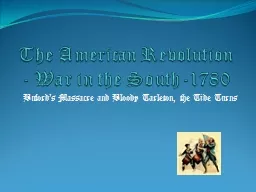
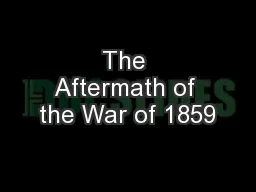
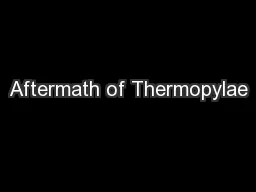

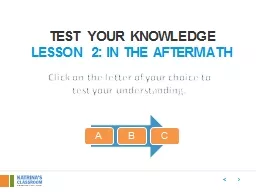
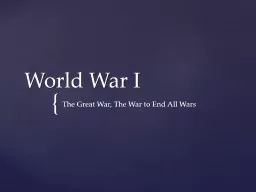
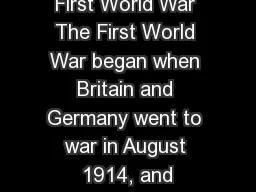

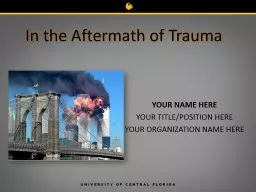
![Read ebook [PDF] My Neighbor, My Enemy: Justice and Community in the Aftermath of Mass](https://thumbs.docslides.com/1017577/read-ebook-pdf-my-neighbor-my-enemy-justice-and-community-in-the-aftermath-of-mass-atrocity.jpg)